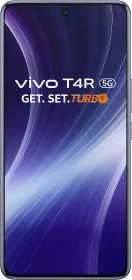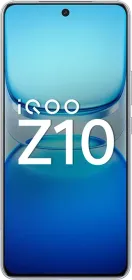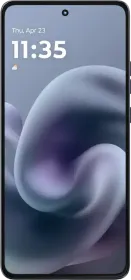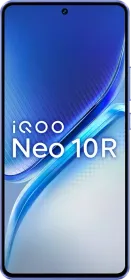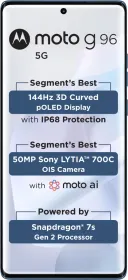The iQOO Z10R recently launched in India at ₹19,500 (₹18,500 with offers), and I’ve spent a couple of days using it. On paper, it brings some genuinely interesting features, especially for the price. But once you put it against devices like the iQOO’s own Z10 (which is usually available for around ₹20,000 and is the same as the vivo T4), the experience starts to feel a bit mixed. Here’s what I liked and what could be improved.
What I Liked
1. Display Quality

The 6.77-inch AMOLED display is definitely one of the strongest aspects of the phone. It’s sharp, smooth with its 120Hz refresh rate, supports HDR10+, and gets impressively bright with up to 1300 Nits HBM brightness. The 2160Hz PWM dimming is a nice addition too for those sensitive to flicker. Colors are boosted by default but you can change it. It feels very premium for this segment.
2. Design and Build

At 7.4mm thin and weighing 184g, the Z10R feels light and comfortable in hand. The IP68 and IP69 ratings add confidence in terms of water and dust resistance, and the MIL-STD-810H compliance is a bonus, not something we often see at this price. The build overall feels refined, especially for those who prefer sleek devices. The case included in the box is also really nice.
3. Battery Life

The 5,700 mAh battery comfortably lasts a day of heavy usage. I am getting around 7 to 8 hours of screen-on time on 5G usage. Power efficiency seems solid, and despite the large battery, the phone doesn’t feel bulky.
4. Stereo Speakers and Extras

Stereo speakers are clear and get loud enough for watching videos or gaming. The under-display fingerprint scanner is reasonably fast, and features like Circle to Search are a welcome surprise at this price point.
What Could Be Improved
1. Camera Performance

While the phone is marketed as a vlogging device, the actual experience doesn’t match the branding. The front camera supports 4K video, but footage is very shaky even with stabilization on. The 28mm focal length feels too tight for vlogging, and white balance tends to shift unpredictably.















HDR in both photos and videos is inconsistent, and low-light performance from the rear and front cameras isn’t very strong either. Even something like the realme 15 (same camera sensor and chipset) produces more stable and reliable results, in both photos and videos.
2. Performance and Storage

The Dimensity 7400 handles basic tasks well and scores around 700K on AnTuTu, but the performance doesn’t feel snappy throughout. There are occasional lags during multitasking, and RAM management, even on the 12GB variant, could be better.
UFS 2.2 storage is acceptable for the price, but in actual use, apps don’t load as quickly as they do on the iQOO Z10 or vivo T4, even though they use the same storage type. The optimization needs some improvement here.
3. Charging Speed

While 44W charging is fine on its own, competing phones in the same price range now offer 67W or even 80W fast charging. Given the size of the battery, a faster solution would’ve made a meaningful difference. It takes about 1 hour and 20 minutes to fully charge this device.
ALSO READ: vivo T4 Review: Great Battery But Does it Check the Other Boxes?
Final Thoughts
The iQOO Z10R gets a lot of the basics right, especially the display, design, and battery life. If you’re buying this as a media consumption phone and appreciate a slim build with IP ratings, it might be fine. However, if you’re considering it as a vlogging or camera-focused phone, you may want to reconsider.
For just ₹1,000 more, the iQOO Z10 (or vivo T4) offers better camera performance, smoother day-to-day usage, and better RAM handling. There’s definitely potential here, and some of the rough edges, especially around the camera processing and UI bugs/jitters, can possibly be fixed through future software updates. But for now, the iQOO Z10 seems like a wiser purchase.
You can follow Smartprix on Twitter, Facebook, Instagram, and Google News. Visit smartprix.com for the latest tech and auto news, reviews, and guides.
















